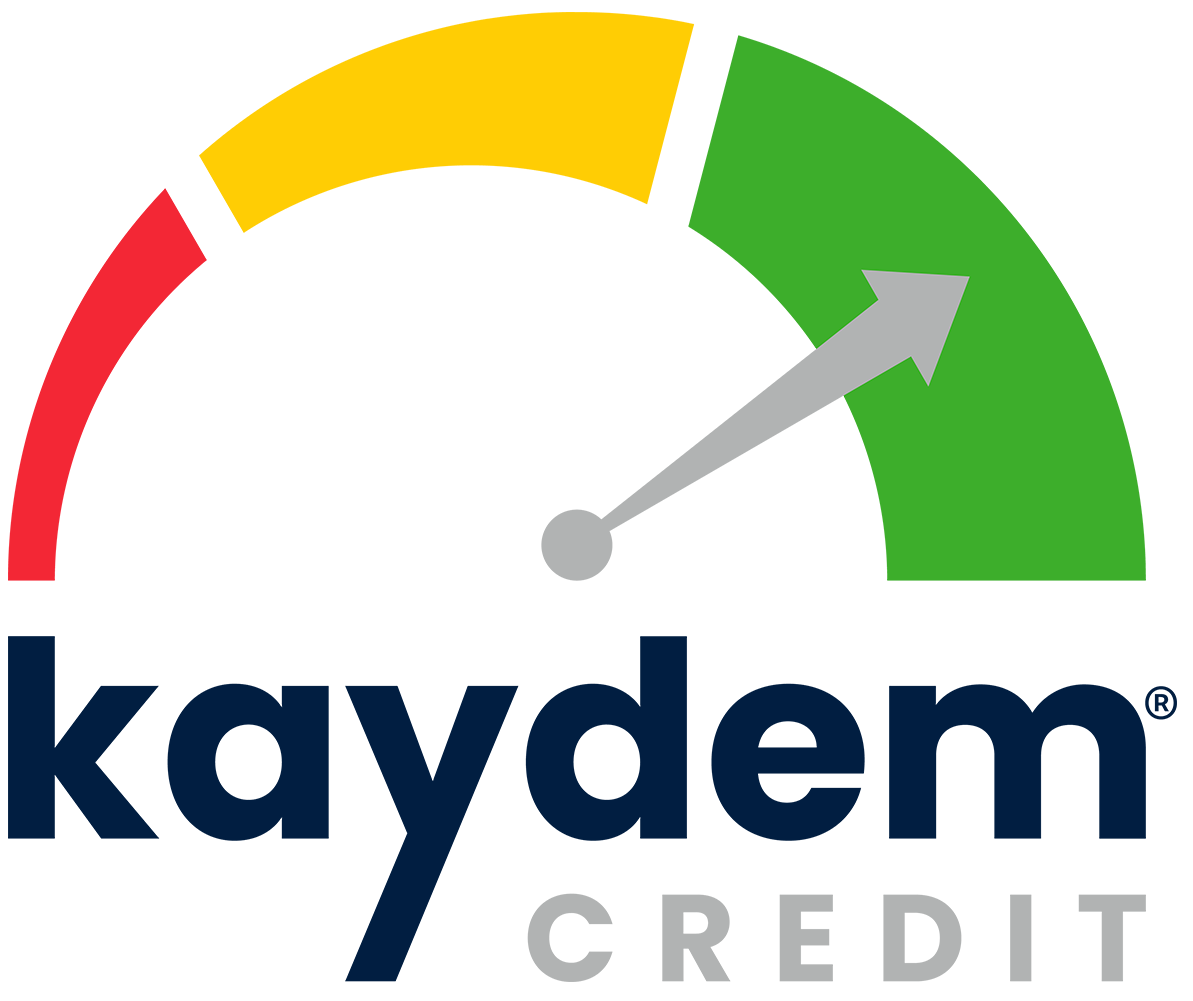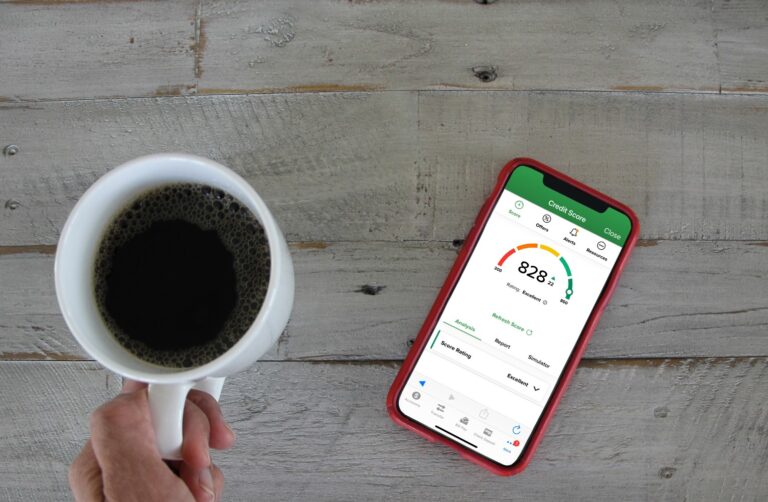When managing your financial health, understanding your credit scores is essential. These three-digit numbers hold significant power over your ability to secure loans, rent homes, and even land certain jobs. But did you know there isn’t just one type of credit score? Instead, multiple scoring models exist, each with its unique method of calculation and application. In this article, we will explore the different types of credit score models, how they are calculated, why they may differ, and the importance of regularly checking your credit scores. Understanding the different credit scoring models allows you to navigate the financial landscape better and make informed decisions that enhance your creditworthiness.
What is a Credit Score?
A credit score is a numerical representation of an individual’s creditworthiness, derived from their credit report. Ranging from 300 to 850, it quickly assesses the risk associated with lending money or extending services to an individual. The higher the score, the better the creditworthiness.
What a Credit Score Represents
Credit scores indicate how likely a person is to repay borrowed money or meet financial obligations. They are calculated based on factors like payment history, total debt, length of credit history, new credit inquiries, and types of credit used. Scores generally fall into these categories:
Higher scores suggest lower risk to lenders and other entities.
How Credit Scores Are Used
Lenders: Use credit scores to decide loan approvals and interest rates. Higher scores lead to better loan terms.
Landlords: Evaluate credit scores to determine a tenant’s reliability in paying rent on time.
Employers: Some employers check credit scores for roles involving financial responsibilities, viewing them as indicators of trustworthiness and financial management skills.
What Are the Different Types of Credit Score Models?
FICO Scores
FICO scores, developed by the Fair Isaac Corporation, are among the most widely recognized credit scoring models. Introduced in 1989, FICO scores have become the industry standard for evaluating credit risk in the United States.
Common Models and Their Uses:
Different versions of FICO scores are tailored to specific types of credit, such as auto loans or mortgages, ensuring a more precise risk assessment for various lending scenarios.
VantageScore
VantageScore was created in 2006 by the three major credit bureaus—Equifax, Experian, and TransUnion—as an alternative to FICO scores. Its purpose is to provide a more consistent and inclusive scoring model.
Versions and Their Applications:
VantageScore aims to provide credit scores for more people, including those with limited credit histories, thus expanding access to credit.
Specialty Scores
TruVision Credit Risk:
TruVision is designed to offer a comprehensive view of an individual’s credit risk. It incorporates advanced analytics and additional data points to give lenders deeper insights into borrower behavior beyond traditional credit scores.
OneScore:
OneScore is a unified scoring model that combines data from various sources to create a holistic view of creditworthiness for loan applicants. It integrates traditional credit data with alternative data points, such as utility and telecom payments, to offer a more inclusive assessment.
CE Credit Score:
The CE Credit Score is designed for specific industries, offering a targeted assessment of credit risk related to particular financial products. This score enables lenders to more accurately evaluate risk in niche markets like small business lending and specialty finance.
How Are Credit Scores Calculated?
Credit scores are calculated based on several key factors that help determine an individual’s creditworthiness. While the exact algorithms differ between models, these common factors are typically considered:
Payment History:
This is the most critical factor, accounting for about 35% of a FICO score. It reflects whether an individual has paid past credit accounts on time. Late payments, defaults, and collections negatively impact the score.
Credit Utilization:
Credit utilization, or the amount of credit being used relative to the total available credit, makes up around 30% of a FICO score. Keeping credit card balances low compared to the credit limit can positively influence the score.
Length of Credit History:
This factor represents about 15% of a FICO score and considers the age of the oldest credit account, the age of the newest account, and the average age of all accounts. Longer credit histories generally contribute to higher scores.
New Credit Inquiries:
Making new credit inquiries or opening new accounts can impact about 10% of a FICO score. Multiple new applications in a short period can suggest financial distress and lower the score.
Credit Mix:
This accounts for around 10% of a FICO score. Having various credit types, such as credit cards, retail accounts, installment loans, and mortgage loans, can positively affect the score.
Unique Factors in Different Models
While both FICO and VantageScore consider similar factors, there are unique elements and differences in how they calculate and weigh these factors.
FICO Specifics:
VantageScore Specifics:
Differences in Weighting and Calculation Methods:
Why Are My Credit Scores Different?
Credit scores can differ due to variations in scoring models, data reporting discrepancies, and the specific purposes for which scores are calculated. FICO and VantageScore, the two primary credit scoring models, use distinct algorithms and weigh factors like payment history and credit utilization differently. Within each model, multiple versions exist (e.g., FICO 8 vs. FICO 9), each with unique calculation methods that can lead to varying scores.
Data reporting differences also play a significant role. Not all lenders report to all three major credit bureaus—Equifax, Experian, and TransUnion—resulting in discrepancies in the information contained in each credit report. Additionally, the timing of data updates varies between bureaus, causing temporary differences in scores at any given moment.
Purpose-specific scores add another layer of complexity. Scores tailored for specific lending contexts, such as auto loans or credit cards, assess risk differently than general-purpose scores. Moreover, alternative scoring models may incorporate non-traditional data like utility payments, leading to further variations.
How to Check Your Credit Score
There are several ways to obtain your FICO score. Many credit card issuers provide free access to your FICO score on your monthly statements or through their online portals. Additionally, you can visit websites like myFICO.com to purchase your score directly from the source or annualcreditreport.com for a free copy of your credit reports annually. Some financial institutions and services, such as banks and loan companies, also offer free FICO scores as part of their customer benefits.
You can use various free credit monitoring services like Credit Karma, or paid services with more information, such as Fund&Grow Credit Services to check your VantageScore. These platforms regularly update your VantageScore and offer insights into your credit report. Many financial apps and websites offer VantageScore tracking, enabling you to monitor changes over time at no cost.
Does Your Credit Score Need a Boost?
Understanding the different types of credit scores, such as FICO and VantageScore, is crucial for managing your financial health. Each model has its own methods of calculation and reporting, which can result in varying scores. Regularly checking and interpreting these scores can help you make informed financial decisions and improve your overall creditworthiness.
If you find that your credit score is lower than you’d like, don’t hesitate to contact Kaydem Credit Help for a free consultation to discover how our credit repair services can assist you in boosting your score and securing better financial opportunities.








One Comment
Comments are closed.